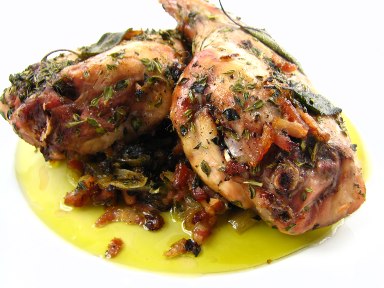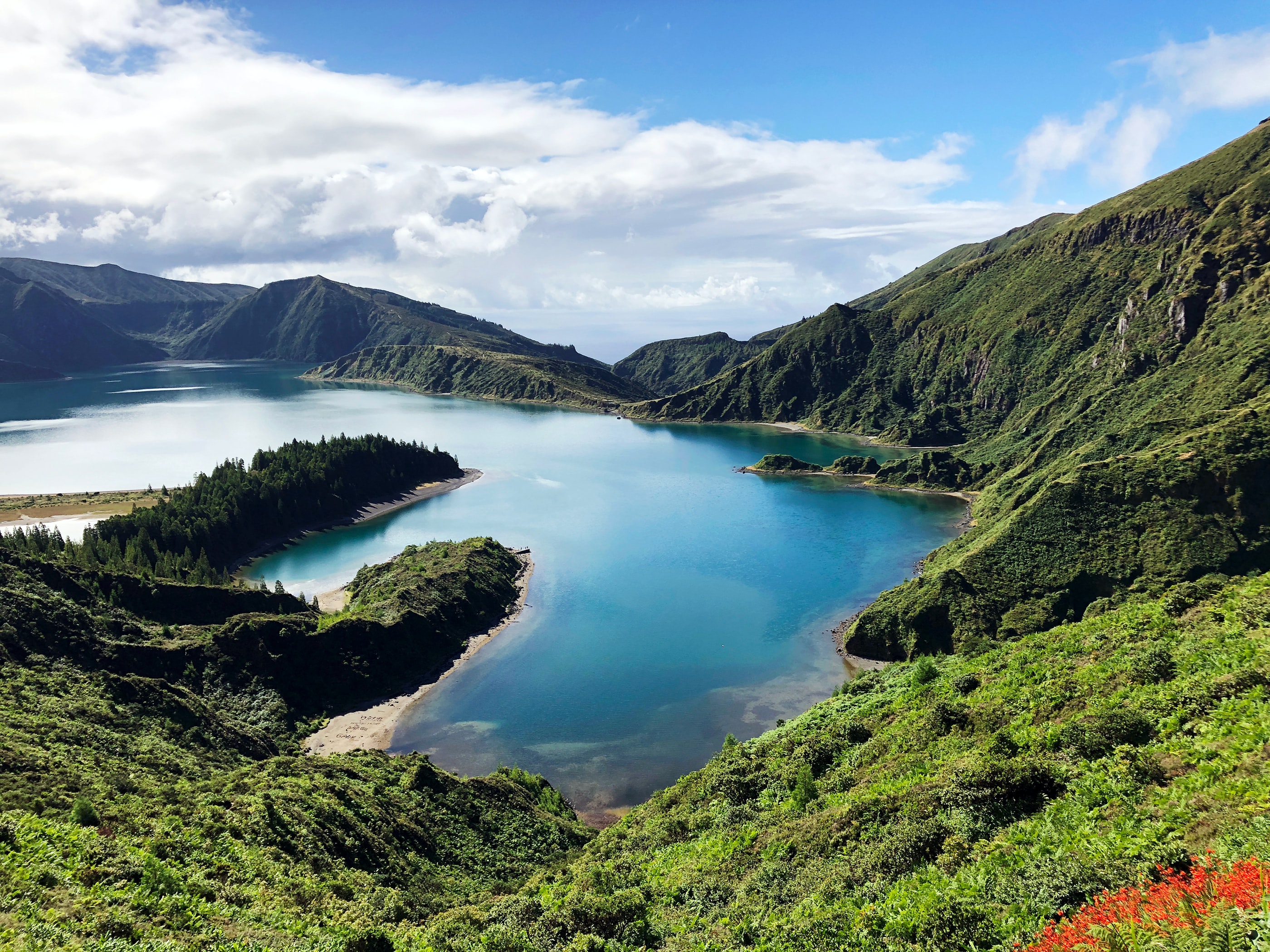Supermarket Diaries: You had me at Rabbit Legs

 Editor’s note: When Sonia’s in Portugal her favorite thing to do is to peruse the supermarket aisles. As she shuffles between the U.S. and Portugal, we’ll be bringing you her discoveries in “Supermarket Diaries.”
Editor’s note: When Sonia’s in Portugal her favorite thing to do is to peruse the supermarket aisles. As she shuffles between the U.S. and Portugal, we’ll be bringing you her discoveries in “Supermarket Diaries.”
When I lived in Connecticut, I found myself in an argument with the butcher at the local supermarket – a risky move when his left hand held an enormous cleaver. I needed him to grind up a handful of selected meat—a sensible request considering it was the butcher counter. Coldly, he tells me “there’s already plenty ground up in the meat section.” No sh*t dude, I thought to myself. “I realize that but I would like to have these particular pieces ground up.” He insisted that it didn’t make sense to run an industrial grinding machine just for 3lbs of meat. This wasn’t going well, but I persisted and won. Or, maybe he won, because I never made the request again. I didn’t want to associate one of my favorite things to do—food shop—with all that drama. Here’s my ultimate beef with this: why have a butcher counter at all if there’s hardly a difference between what it offers and what’s already shrink wrapped in the meat section? I realize these aren’t independent butcher shops, but shouldn’t he be able to fulfill my request? Or is butcher synonymous with “marketing scheme”.
Luckily, my new hometown in the Philadelphia area has a decent non-supermarket butcher shop that will happily grind up my meat. Still, it’s not a butcher shop after my own heart. Other than chicken, pork and beef, all other meats (rabbit, duck, pheasant and others) are all frozen. And nothing against freezing food, but so disappointing that I can’t get these meats fresh—especially if I’m interested in whipping a meal up with them that day. Sigh …
Trips to Portugal have increased even more my desire to have a fulfilling supermarket experience on a regular basis. Jumbo, Continente, Pingo Doce and so on all carry a fresh assortment of meats including one of my all-time favorites—coelho (rabbit). On a recent trip, there they were, nearly 10 skinned rabbits winking back at me at one of Porto’s Pingo Doce supermarkets. There was no coldness from the man behind the counter. “How can I help you menina (young lady)?” He weighed my rabbit of choice. “Could you cut it up for a estufado (stew)?” He obliged without any hesitation. More than ever, I realized these people were speaking my language. And not just actual Portuguese, but a whole other language—there was something very visceral about our exchange. No explanations needed. As a Portuguese immigrant in the U.S. (probably the same for immigrants in general), you’re constantly caught up lost in translation moments, even if you speak the language fluently as I do. It’s the cultural nuances that get you, I guess …
Before I took the bag of rabbit from the man, I asked “Do you carry just rabbit legs?” My breathing stopped; I worried my food wonderland bubble was about to be burst. “We’re expecting them Wednesday.” My breathing returned … “Obrigada.” The day before my trip to Pingo Doce, I had spotted rabbit legs at Continente. I had wondered if this was common practice at all Portuguese supermarkets, akin to the ubiquity of chicken legs in the U.S. If the answer was yes, these were definitely supermarkets after my own heart!
And how did this Portuguese rabbit taste? Terrific! Taste is another challenge. Oftentimes when I buy rabbit in U.S. shops, it has a funky taste that I can’t quite place—musty maybe. Could it be the way they’re treated after the slaughter? Not quite sure, but I will be investigating, so stay tuned …
Até já,
Sonia Andresson-Nolasco






